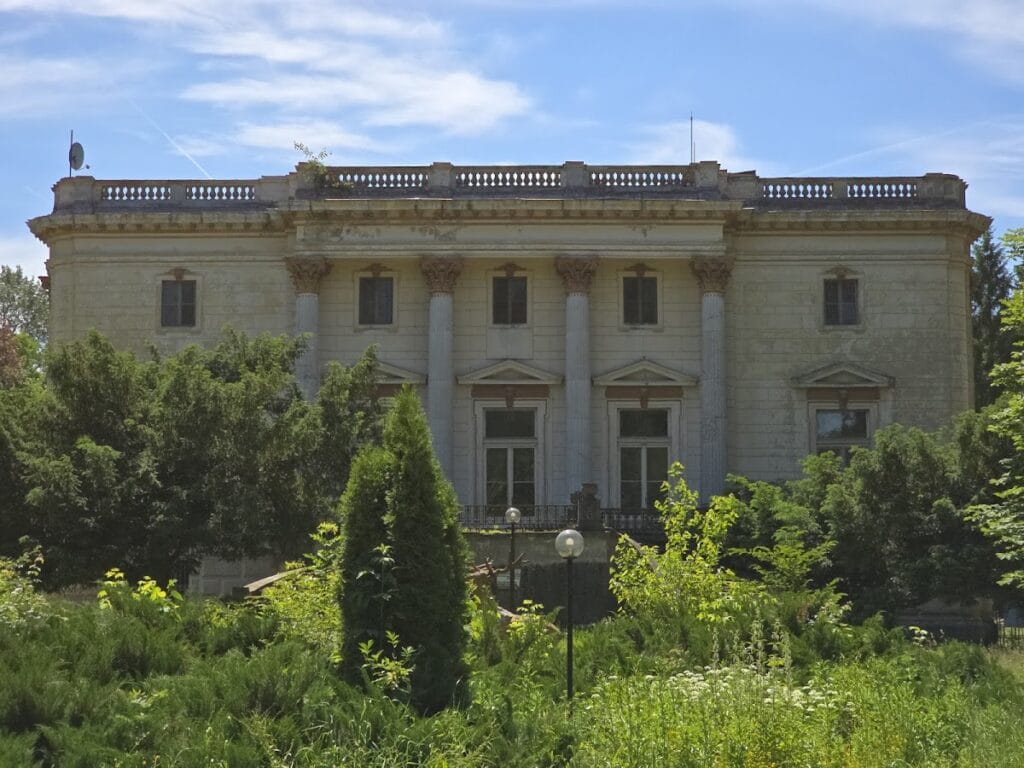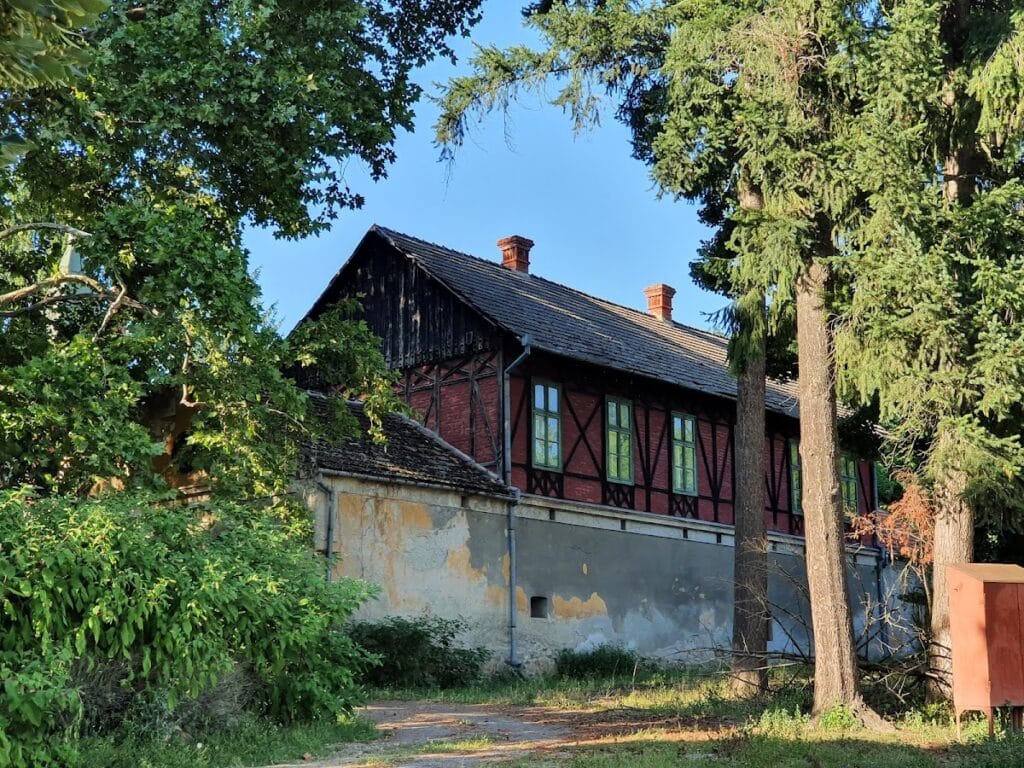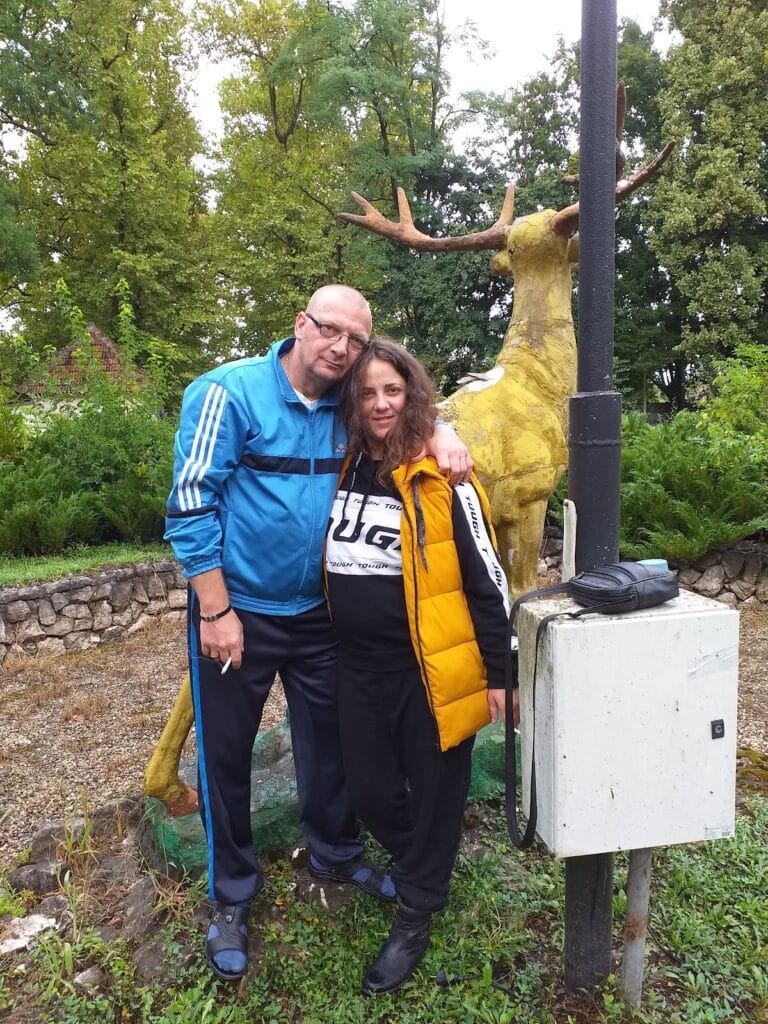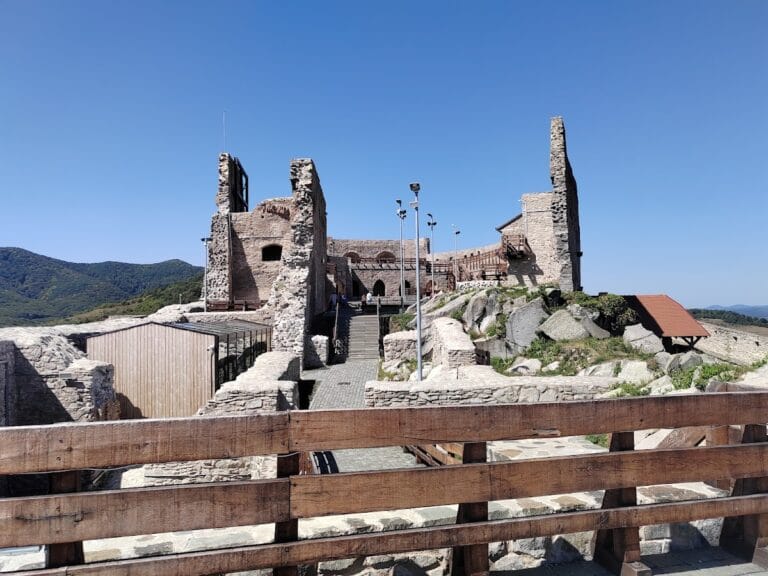Mocioni-Teleki Castle: A Historic Estate in Căpâlnaș, Romania
Visitor Information
Google Rating: 4.3
Popularity: Low
Google Maps: View on Google Maps
Official Website: www.spitalulcapalnas.ro
Country: Romania
Civilization: Unclassified
Remains: Military
History
The Mocioni-Teleki castle is located in the commune of Căpâlnaș, Romania. It was established in the mid-19th century by the noble Mocioni family, who had Aromanian roots and originally came from Macedonia before settling in Hungary. The family gained noble status during the reign of Emperor Joseph II, with brothers Andrei and Mihai Mocioni receiving ennoblement, each founding distinct family branches.
In 1853, the Căpâlnaș estate was purchased by Ioan Mocioni de Foeni from the Zichy counts, marking a significant expansion of the Mocioni family holdings. Mihai Mocioni (1811–1890) and his wife Ecaterina de Foeni, descendants representing the unification of two family branches through their 1836 marriage, established their residence on the estate. During their tenure, they commissioned the construction of the castle in a French architectural style, which became the family’s principal seat in the region.
Ecaterina de Foeni played a notable role as a community figure. Beyond overseeing estate affairs, she supported Romanian cultural initiatives locally and operated a pharmacy within the castle walls, providing medicines to nearby peasants. This reflects the family’s engagement with cultural and social life in Căpâlnaș.
In the 20th century, the castle gained wider cultural recognition when English traveler Patrick Leigh Fermor visited the estate in the 1930s. In his travelogue, Between the Woods and the Water, Fermor described the castle’s distinctive atmosphere along with the Teleki family’s rare book collection and the count’s collection of butterflies. The castle later transitioned to a medical facility and currently serves as a sanatorium. Due to its historical and cultural value, the castle ensemble is registered as a historic monument in Arad County.
Remains
The Mocioni-Teleki castle stands at the heart of Căpâlnaș village, featuring a two-level structure composed of a ground floor and one upper floor. Its building plans were created in 1867 by Otto Wagner, a Viennese architect known for his precise designs, and the castle was restored in 1964, preserving its original character.
The main façade demonstrates elegant architectural details, with four stone columns supporting Corinthian capitals—these capitals are decorative tops traditionally featuring stylized acanthus leaves. Each section of the façade includes a large door crowned by a square window, providing light and access. An ornamental cornice with delicate, lace-like patterns runs along the top edge, adding to the refined exterior.
The main salon inside the castle opens onto a broad terrace, which is connected externally by two semicircular marble steps, creating an inviting transition between indoor and outdoor spaces. Surrounding the castle is an extensive parkland that includes a statue of a deer positioned directly in front of the building, complementing the natural environment and estate grounds.
Today, the castle’s architectural features remain well preserved thanks to careful restoration efforts, enabling its adaptation for use as a sanatorium while maintaining its historical aesthetic and cultural significance.






